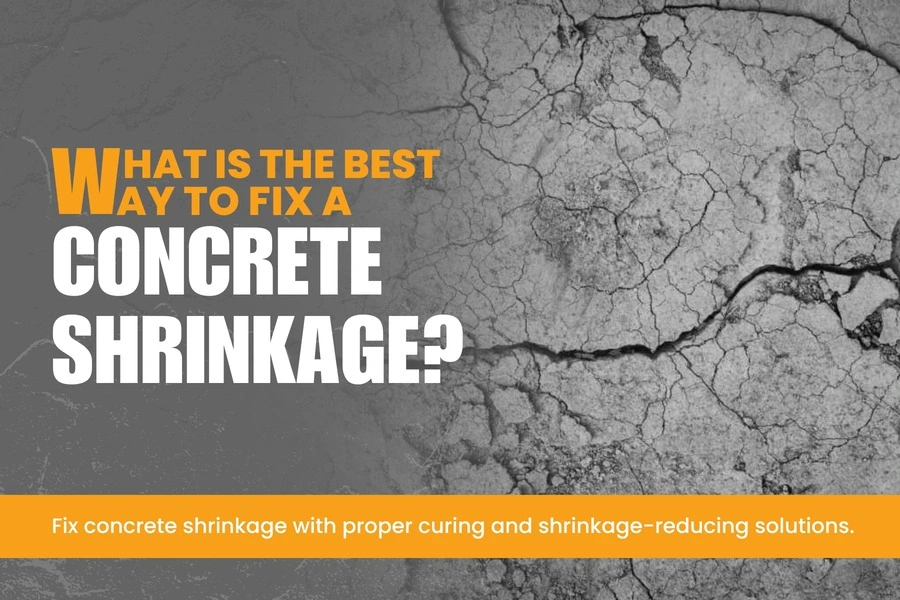Concrete is an essential aspect for constructing strong and durable buildings worldwide. It has several incredible properties that make it an ideal component for long-lasting structures, be it homes, offices, shopping complexes, factories, etc.
However, concrete also has some drawbacks, especially if it is not prepared correctly. One of the most common problems faced by construction professionals globally is the issue of concrete shrinkage.
Table of Contents
Why does Concrete Shrink?
Concrete shrinks when the chemical changes, or changes in moisture content causes a decrease in concrete volume or length. At times, construction projects tend to mix a higher quantity of water in the concrete mix to make it easier for placement and curing.
This volume of water is usually higher than what is needed for proper hydration of the concrete mix. The extra water quantity generates tensile stresses and creates movement within the hardening concrete that causes shrinkage.
Why does Concrete Shrinkage cause Cracks?
Shrinking of concrete causes incorrect dimensions of concrete components, curling of slabs, and visible cracking. In simple words, concrete tends to shrink when the surface of the concrete component dries quicker than the concrete within the component.
This irregular drying creates significant tension in the concrete structure, especially when it is exposed to air, which further exacerbates the shrinking problem.
What are the Causes of Concrete Shrinkage?
Some of the most common causes of concrete shrinkage in construction projects are –
- Water evaporation
- High cement content
- Contraction during hydration process
- Excess water quantity in concrete mix
- Environmental factors
- High air temperature
- Low water-to-cement ratio
- Concrete’s surface area-to-volume ratio
- Low humidity
- Shape of concrete aggregates and admixtures
- Cement hydration
- Type of coarse aggregates used
- Moisture movement in concrete
- Unstable drying of concrete while curing
Different types of Concrete Shrinkage and their Preventions
Besides different causes, there are also various types of concrete shrinkage and their specific prevention methods. Let’s find out some of the most widely-faced problems with concrete shrinkage and how to fix them.
Plastic Shrinkage
Cause of Plastic Shrinkage
Plastic shrinkage usually occurs on the surface of freshly laid concrete. It is caused by water evaporation from the surface of freshly laid concrete. It is also caused by absorption of water in concrete bedding or framework. These factors results in contraction in volume of concrete due to water movement within it, during the plastic, or fluid state, prior to hardening.
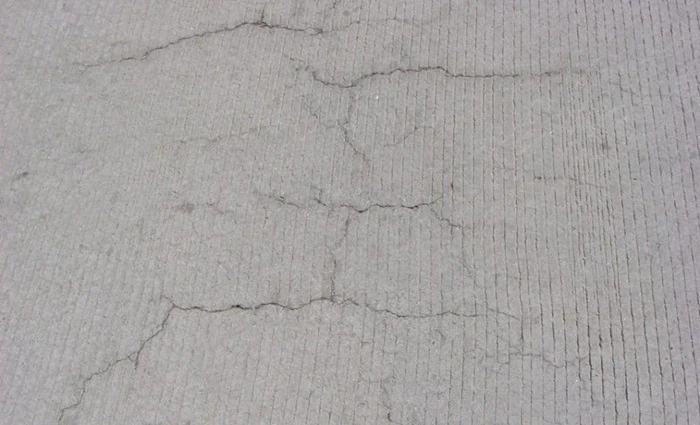
The water from the surface of the wet concrete component evaporates, leading to movement of water during the hydration stage. This evaporation can also be a result of several environmental factors that cause water evaporation from the surface of freshly laid concrete. In essence, the level of concrete shrinkage depends on the quantity of water lost by bleeding from the concrete.
In short, the extent of concrete shrinkage is proportional to the cement content in the concrete mix, and inversely proportional to the water-to-cement ratio.
Preventing Plastic Shrinkage
Here are the simple steps to prevent plastic shrinkage for occurring in freshly laid concrete –
- Cover surface of fresh concrete with a polyethylene sheet
- Prevent swift loss of water from concrete surface
- Use high-quality shrinkage compensating cement, or expanding cement type
- Ensure proper vibration of concrete after laying
- Use aluminum powder
- Keep overall temperature of concrete mix low
- Use evaporation reducer admixtures
- Use micro-synthetic fibers
Drying Shrinkage
Cause of Drying Shrinkage
The building materials used in construction projects naturally develop tiny holes and microscopic pores on the surface and within. These are intermolecular gaps and can cause the cement to expand when moisture is available in the atmosphere.
However, it also causes rapid drying of the cement, which results in shrinkage during this stage. These are reversible movements and often cause development of visible cracks and gaps on the concrete surface.

Drying shrinkage is caused when water begins to evaporate from the outer surface of concrete. The moisture differential in the depth of the concrete component causes intense strain which results in higher tensile stress on the concrete slab.
Preventing Drying Shrinkage
Below are the simple tips to prevent drying shrinkage and ensure smooth strong concrete components in construction –
- Use proper curing practices
- Choose concrete that requires lower water content to cure
- Maintain proper cement-to-water ratio in the concrete mix
- Choose high-quality aggregates and cement for creating the ideal concrete mix
- Offer movement joints and ample crack control reinforcement in the structure
Autogenous Shrinkage
Causes of Autogenous Shrinkage
Autogenous shrinkage is mostly seen once the concrete sets initially after hydration. This stage requires ample amount of water and hence lowers the internal free water within the concrete mix. This problem develops from the self-desiccation process that occurs in the small pores of the concrete surface.
The process is initiated in the pores from hydration, wherein the water within the cement structure is used for hydration. In this stage, humidity is unable to reach within the pores quickly, as the outer area of the concrete structure becomes dense after setting.
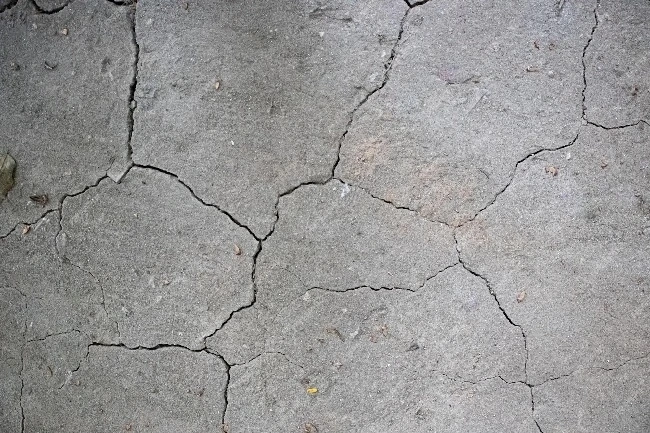
Preventing Autogenous Shrinkage
Here are some expert construction tips to preventing Autogenous shrinkage in concrete mixes –
- Use low-heat cement type
- Apply ample quantities of polypropylene and steel fibers
- Level the cement content in concrete mix
- Add pre-soaked aggregates that are lightweight
- Use high-quality shrinkage-reducing construction admixtures
Carbonation Shrinkage
Causes of Carbonation Shrinkage
Carbonation shrinkage happens in hardened concrete, once the concrete sets and gets cured completely. In this stage, carbon dioxide (CO2) from the environment causes a chemical reaction when it comes in contact with the cement.
This reaction forms water and calcium carbonate. As a result, it reduces the overall volume of the cement in the concrete mix. This problem is mostly seen in regions with lower, or infrequent humidity levels.
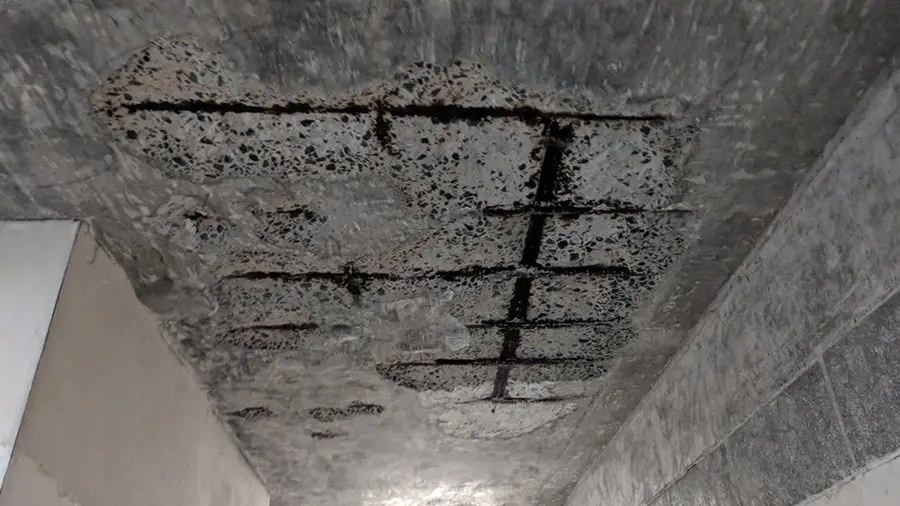
Preventing Carbonation Shrinkage
Below are some of the helpful ways that can prevent carbonation shrinkage in concrete –
- Provide frequent contraction joints in the concrete structure
- Give suitable joints in concrete structure during casting stage
- Use less cement quantity
- Use high-quality aggregates in the cement mix
How is Concrete Shrinkage prevented?
Concrete shrinkage can be prevented by adopting the above-listed prevention methods. Some common ways to avoid cracks and other structural problems than arise due to concrete shrinking include ensuring proper cement-to-water ratio, adding high-quality aggregates and admixtures, making sure to use proper prevention method for different types of concrete mixes and shrinkage.
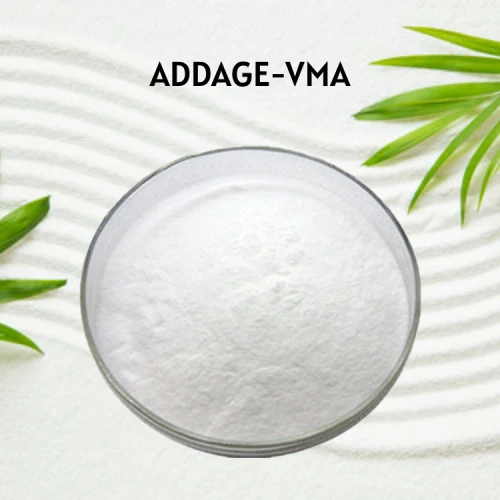

Conclusion
Concrete shrinkage is a prevalent problem in the modern construction industry. Shrinkage is mainly caused when the water from the surface of the concrete evaporates faster than the water within the slab.
This causes unwanted tensile stress to develop in the concrete, leading to development of cracks, and affecting the overall strength, durability and stability of the finished concrete structure. To avoid concrete shrinkage problems, it is strongly recommended to buy only the highest-quality construction chemicals from renowned brands, such as Sakshi Chem Sciences Pvt. Ltd.
FAQS
How much does concrete shrink?
The extent of shrinkage in concrete varies. It is mainly dependent on the type of concrete being used, and other similar factors. However, concrete usually shrinks from 0.052% to 0.078% in normal conditions.
What is acceptable shrinkage for concrete?
The acceptable limit of concrete shrinkage also varies. It is mostly determined by the type of concrete used and specific requirements of individual construction projects. The acceptable shrinkage of concrete is within 0.050% to 0.6%, depending on the type of concrete.
How long does it take for concrete to shrink?
Though concrete begins to dry and shrink only hours after being laid, most of the shrinkage in concrete occurs in the first few days.

